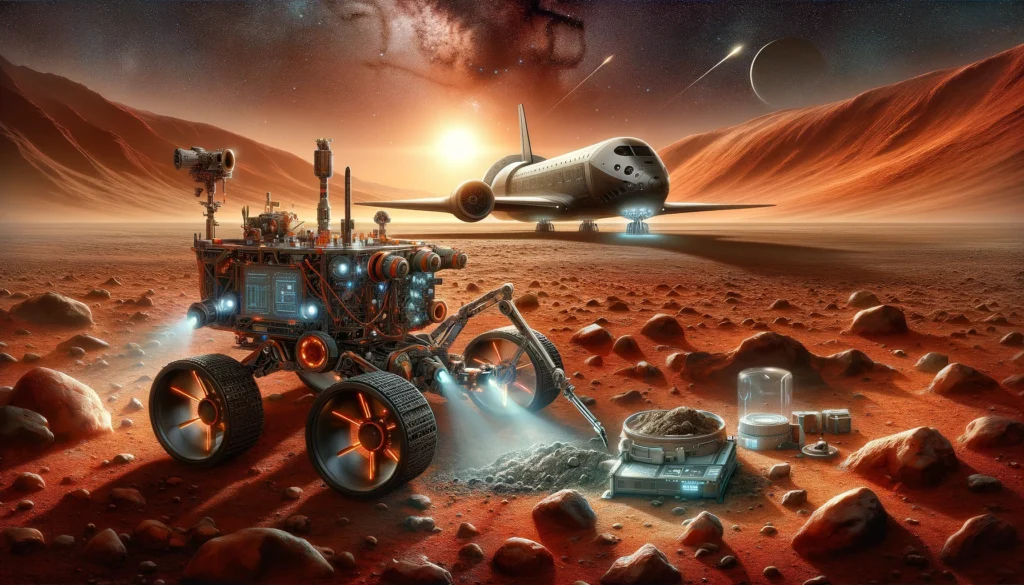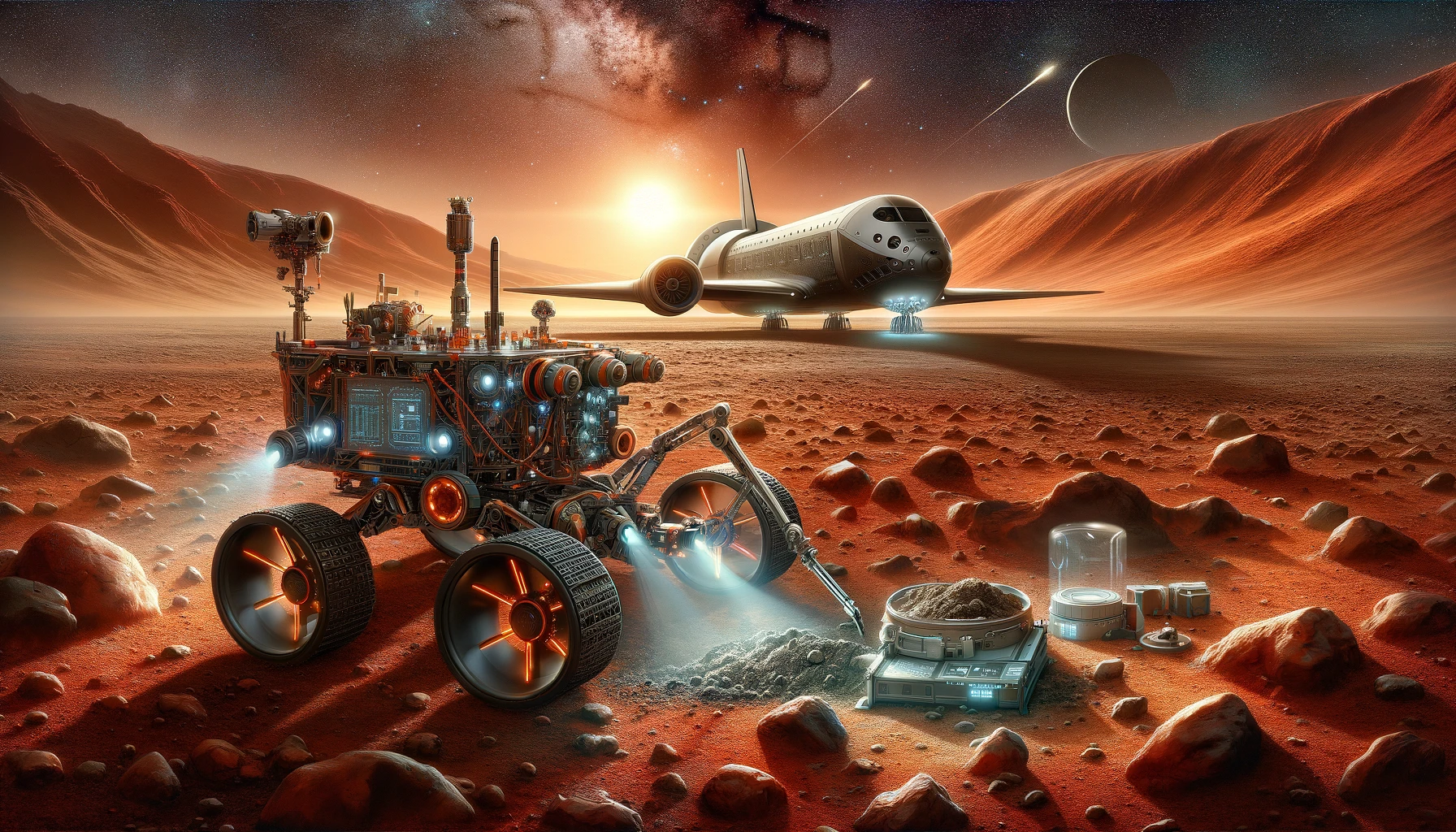“Mars Sample Return mission, NASA Mars mission, Martian soil samples, interplanetary exploration, Mars rocks, space technology, NASA ESA collaboration, future Mars missions, Mars exploration”
“Discover the exciting updates to NASA’s Mars Sample Return mission, as it undergoes a major overhaul to enhance efficiency and success. Learn about the new strategies, technological innovations, and collaborative efforts set to revolutionize our understanding of Mars. Stay tuned for a new era of interplanetary exploration.”

In a groundbreaking development, NASA has announced a significant overhaul of its ambitious Mars Sample Return (MSR) mission. This pivotal mission aims to bring Martian soil and rock samples back to Earth, offering unprecedented insights into the planet’s geology and potential signs of past life. The changes, prompted by technical challenges and budget considerations, aim to enhance the mission’s efficiency while ensuring a higher probability of success.
Introduction to the Mars Sample Return Mission
The Mars Sample Return mission represents a cornerstone of interplanetary exploration, promising to unlock Mars’ secrets like never before. Initiated with the collaboration of the European Space Agency (ESA), the mission’s primary goal is to collect samples from the Martian surface and return them to Earth for comprehensive analysis.
Challenges Leading to the Overhaul
Recent evaluations revealed several critical challenges that threatened the feasibility and budget of the original MSR plan. The primary concerns included the complexity of the mission’s architecture and the escalating costs associated with the original technology designs. In response, NASA has taken a step back to reassess and revise the mission’s approach.
New Strategy for Sample Collection and Return
The revised strategy involves several major adjustments to the mission’s design and execution:
- Enhanced Robotic Systems: The redesign focuses on more robust and versatile robotic systems. These systems are expected to handle the Martian terrain more effectively and ensure the secure collection of pristine samples.
- Streamlined Sample Retrieval: NASA plans to implement a more direct method for sample retrieval. This involves minimizing the number of stages and maneuvers required to transfer the samples from Mars to Earth, reducing the mission’s complexity and potential points of failure.
- Collaboration and Cost-sharing: In light of the high costs, NASA and ESA have agreed to broader sharing of responsibilities and costs. This includes joint development of key technologies and shared control over mission critical operations.
Technological Innovations and Upgrades
Innovation is at the heart of the revised MSR mission. The development of new technologies such as improved landing systems and autonomous navigation software is critical for the success of the mission. Moreover, NASA aims to incorporate advancements in artificial intelligence to enhance the decision-making capabilities of the Mars rovers involved in the sample collection.
Impact of the Overhaul on Scientific Objectives
Despite the changes, the scientific objectives of the MSR mission remain as significant as ever. The mission is expected to provide answers to longstanding questions about Mars, including its potential to support life and its geological history. The samples collected could also offer clues about the planet’s climatic evolution and its suitability for human exploration.
Timeline and Future Steps
The revised timeline suggests a launch as soon as the late 2020s, with the samples expected to return to Earth in the 2030s. This timeline is subject to further adjustments based on the development of the necessary technologies and the outcomes of upcoming Mars missions.
Public and Scientific Community Reaction
The scientific community has largely responded positively to the announced changes, appreciating NASA’s transparency and adaptability in face of significant hurdles. There is a consensus that while the modifications might delay the mission slightly, they significantly increase its chances of success.
Conclusion
NASA’s decision to overhaul the Mars Sample Return mission is a testament to the agency’s commitment to cutting-edge science and its adaptability in the face of challenges. While the modifications introduce new complexities, they are a crucial step towards ensuring that the mission can meet its ambitious goals. As we await the launch of this revised mission, the global community remains hopeful that the answers locked within the Martian soil will illuminate not only the past of Mars but also the broader questions surrounding life in the universe.
Read More-
- NASA Unveils New Strategy for Space Sustainability Amid Orbital Risks
- ESA, NASA Solar Observatory Discovers 5,000th Comet
- Advancing Lunar Exploration: NASA Selects Three Companies for Artemis Rover Designs
- NASA TESS Mission Pauses for Vital Upgrades: Enhancing Exoplanet Discovery










